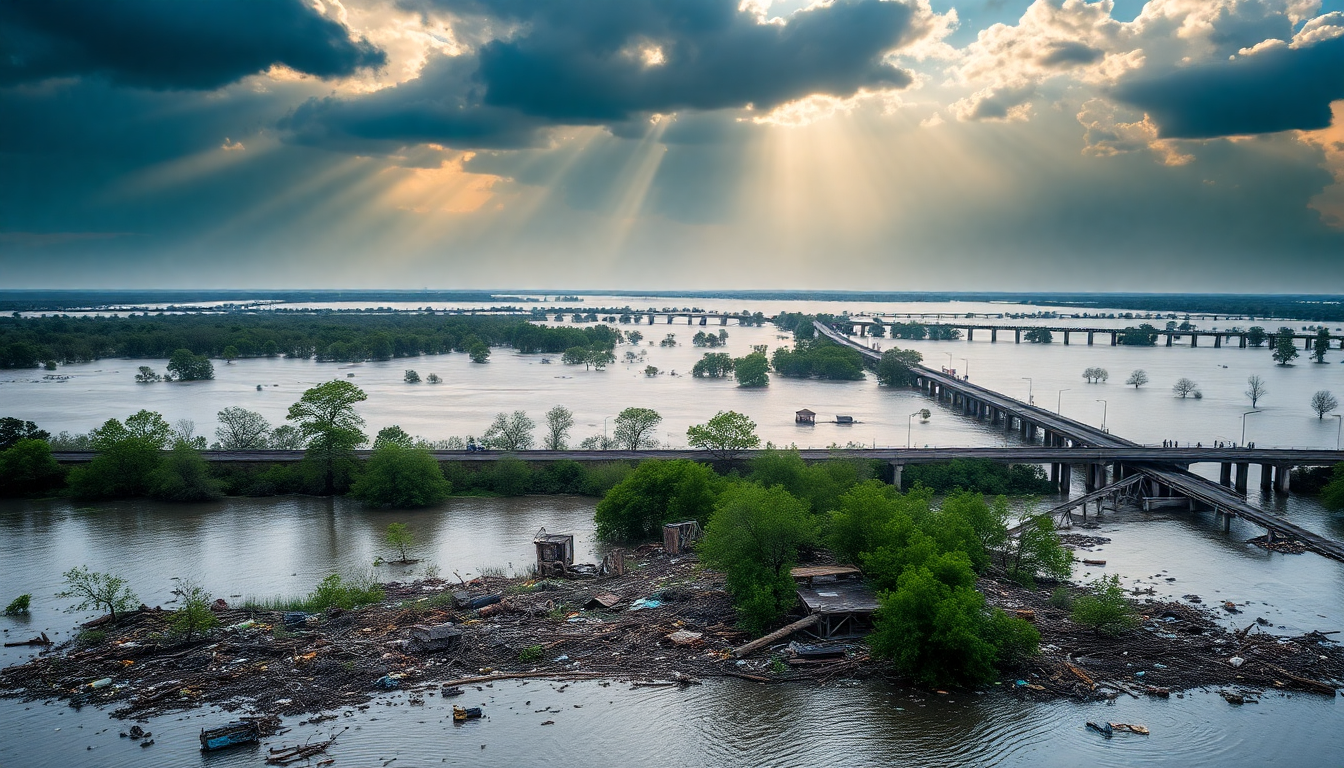Table of Contents
The recent flooding events in Texas have sparked major conversations about how environmental policies and climate responses are intertwined. Have you ever wondered how budget cuts and initiatives like cloud seeding might influence the severity of these floods? Understanding these connections is essential for both policymakers and residents as they tackle the challenges posed by climate change.
What’s Going On with Texas Flooding?
Texas has been facing serious flooding, especially during hurricane season. The increasing intensity and frequency of these floods have raised eyebrows regarding the effectiveness of current environmental policies. According to local meteorological agencies, rainfall levels during the latest storms have reached unprecedented heights, causing widespread damage and displacing many residents.
To grasp the current situation, we need to consider the historical context of environmental management in Texas. Over the years, the state has oscillated between drought and flooding, requiring local governments to respond dynamically. However, the recent budget cuts have taken a toll on the resources available for flood prevention and infrastructure upkeep.
How Budget Cuts Are Impacting Flooding
One of the key players in the ongoing flooding crisis has been the reduction in funding for environmental programs. These cuts have affected various initiatives, including efforts to improve water management systems and invest in sustainable infrastructure. The consequences of these budgetary decisions are becoming increasingly evident as the state struggles to cope with extreme weather events.
Take, for example, the funding for maintaining levees and drainage systems, which has seen significant reductions. Many areas that once had effective flood defenses are now more vulnerable to inundation. Plus, the lack of investment in long-term planning makes it difficult to implement innovative solutions that could help reduce flooding risks in the future.
Cloud Seeding: A Blessing or a Curse?
Cloud seeding has entered the conversation as a controversial method for managing Texas’s water resources. While this technique aims to boost precipitation in drought-affected areas, its effectiveness and potential unintended consequences remain hotly debated. Could cloud seeding actually lead to excessive rainfall and worsen flooding conditions?
Recent studies indicate that while cloud seeding might offer short-term relief during droughts, it could also disrupt local weather patterns. This disruption might contribute to storm intensity, leading to sudden and severe flooding events. As Texas continues to explore this technology, it’s crucial to evaluate its long-term effects on the state’s hydrology and weather systems.
What’s Next? Policy Recommendations
As Texas faces the ongoing challenges of flooding, it’s essential for policymakers to rethink the implications of budget cuts and the role of cloud seeding. A thorough review of funding allocations is necessary to ensure that environmental programs receive the support they need. Investing in solid infrastructure and sustainable water management practices is key to enhancing the state’s resilience against climate-related disasters.
Additionally, engaging with scientific research on cloud seeding and its impacts will be vital for making informed decisions. By prioritizing data-driven policies, Texas can move toward a more sustainable approach to managing its water resources and mitigating the risks associated with flooding. Are we ready to make these crucial changes for a better future?


